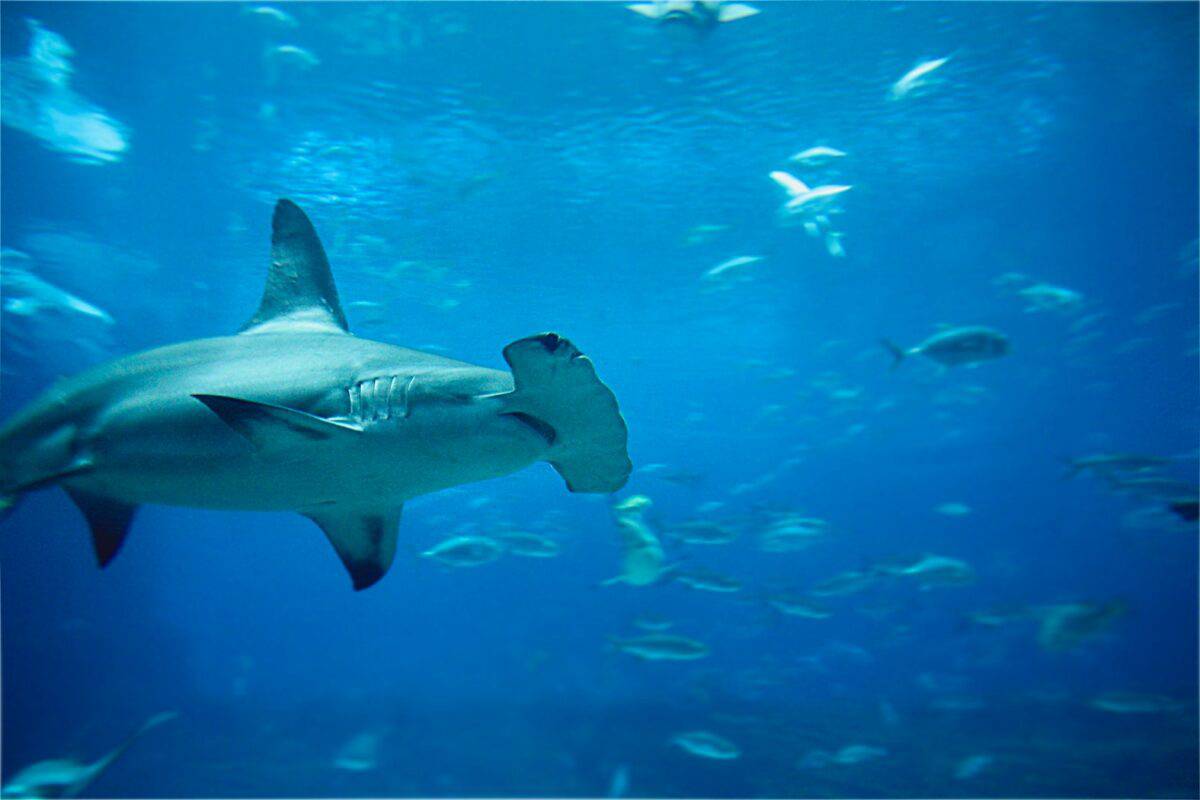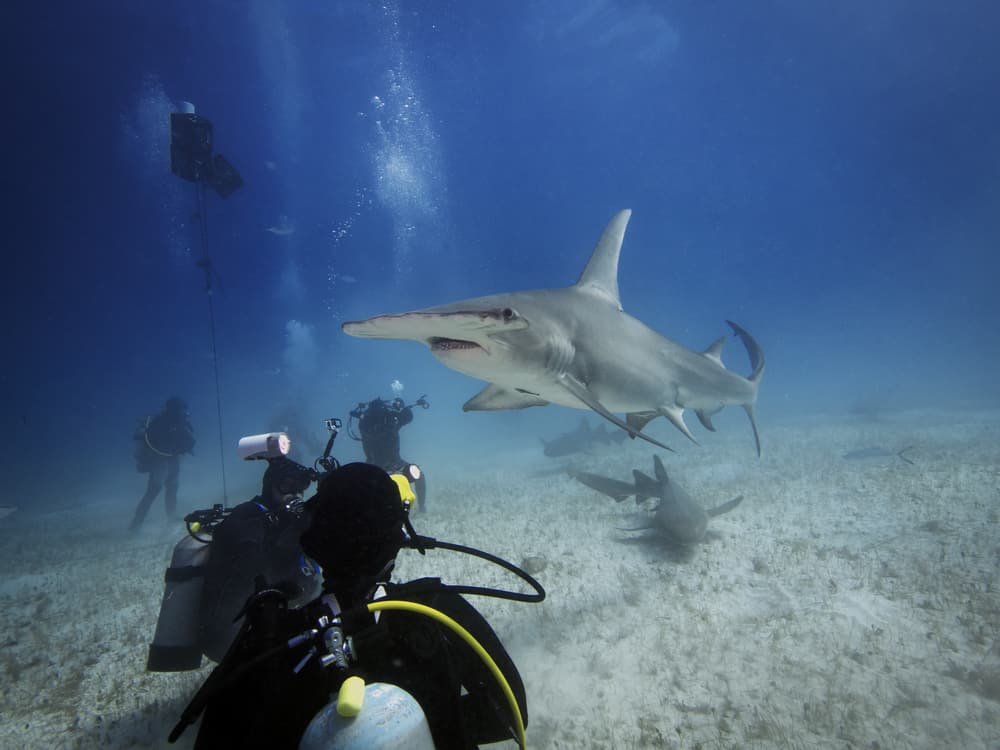The Gulf of Mexico, a vast expanse of salty blue that interfaces with the borders of five U.S. states and a significant portion of Mexico, is teeming with life. Among its myriad marine dwellers, the hammerhead shark stands out—not only for its distinctive silhouette but for its increasing presence in these waters. In the following examination, we explore the reasons behind the Gulf’s transformation into a hub for hammerhead sharks, providing insights into their behavior, ecology, and the challenges they face.
Understanding Hammerhead Sharks

Hammerhead sharks belong to the family Sphyrnidae, characterized by their unique, hammer-shaped heads—a feature that aids in enhancing their sensory capabilities. Of the nine species of hammerheads, species like the great hammerhead (Sphyrna mokarran) and the scalloped hammerhead (Sphyrna lewini) are more commonly found in the Gulf of Mexico. These sharks are known for their impressive size, social nature, and distinctive hunting techniques.
The Ecological Importance of Hammerhead Sharks

As apex predators, hammerhead sharks play a critical role in marine ecosystems. They help maintain the balance of marine life by preying on a variety of species, which prevents any single species from dominating the environment. Their presence in the Gulf of Mexico indicates a relatively healthy ecosystem capable of supporting large predators.
Historical Presence of Hammerhead Sharks in the Gulf

While hammerhead sharks have always been part of the Gulf of Mexico’s biodiversity, their numbers have fluctuated significantly over the decades. Historically, the Gulf has provided a suitable habitat due to its warm temperatures and abundant food sources, including a variety of fish and cephalopods.
Climate Change and Habitat Expansion

With rising global temperatures, marine ecosystems in the Gulf have experienced changes that favor the inhabitation and perhaps expansion of hammerhead shark populations. Warmer seas can lead to shifts in prey populations, drawing predatory species like hammerheads into new areas of the Gulf in search of food.
Food Availability and Prey Dynamics

The Gulf is rich in biodiversity, providing a varied diet for hammerhead sharks. Common prey includes stingrays, seagrass-dwelling fish, and other small marine creatures. Seasonal and environmental shifts in prey availability further influence the presence and concentration of hammerhead sharks in the region.
Reproductive Habitats

Nursery areas are crucial for the reproductive cycles of hammerhead sharks. The Gulf of Mexico provides several such habitats with its shallow, warmer waters offering safety for juvenile sharks. These areas are free from many larger predators and abundant in smaller prey, essential for young hammerhead sharks.
Technological Advances in Tracking Sharks

Satellite tagging and other tracking technologies have revolutionized our understanding of hammerhead shark movements. Data gathered through these methods has highlighted the Gulf of Mexico as a critical corridor for hammerhead migrations, offering insights into their seasonal patterns and the potential effects of environmental changes.
Conservation Efforts and Challenges

Despite their importance, hammerhead sharks face numerous threats, including overfishing and habitat destruction. Protective measures and conservation efforts in the Gulf aim to mitigate these threats, focusing on creating sustainable fishing practices and establishing marine protected areas.
Human Impact and Fishing Pressures

Historically, hammerhead sharks have been subject to bycatch and targeted fishing due to the value of their fins. This pressure has led to declines in some hammerhead populations, necessitating strict regulations and awareness campaigns to ensure their survival in the Gulf.
Shark Tourism and Economic Impact

The presence of hammerhead sharks has spurred a niche, yet growing ecotourism sector in the Gulf. Shark diving and wildlife tours contribute economically to the region while promoting awareness and conservation of these majestic creatures.
Research and Academic Interest

The Gulf’s status as a hotspot for hammerhead sharks has drawn interest from marine biologists and researchers worldwide. Ongoing studies focus on understanding their behavior, biology, and the ecological roles they play, providing critical data that informs conservation strategies.
The Future of Hammerhead Sharks in the Gulf

While challenges remain, there is hope for the continued presence and health of hammerhead populations in the Gulf of Mexico. By fostering sustainable practices, continuing research, and enhancing public awareness, we can ensure that these fascinating predators remain an integral part of the Gulf’s marine ecosystem.
Conclusion

In conclusion, the Gulf of Mexico’s emergence as a hotspot for hammerhead sharks is a testament to its pivotal role in marine biodiversity. By understanding the factors that contribute to this phenomenon, we can work towards preserving these vital creatures and their habitat for future generations.
- 13 Animal Species That Recognize Themselves in a Mirror - August 10, 2025
- 12 Dangerous Animals in Yellowstone You Definitely Should not Approach - August 10, 2025
- 13 Wild Animals That Can Change Color Instantly - August 10, 2025

